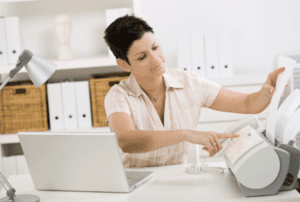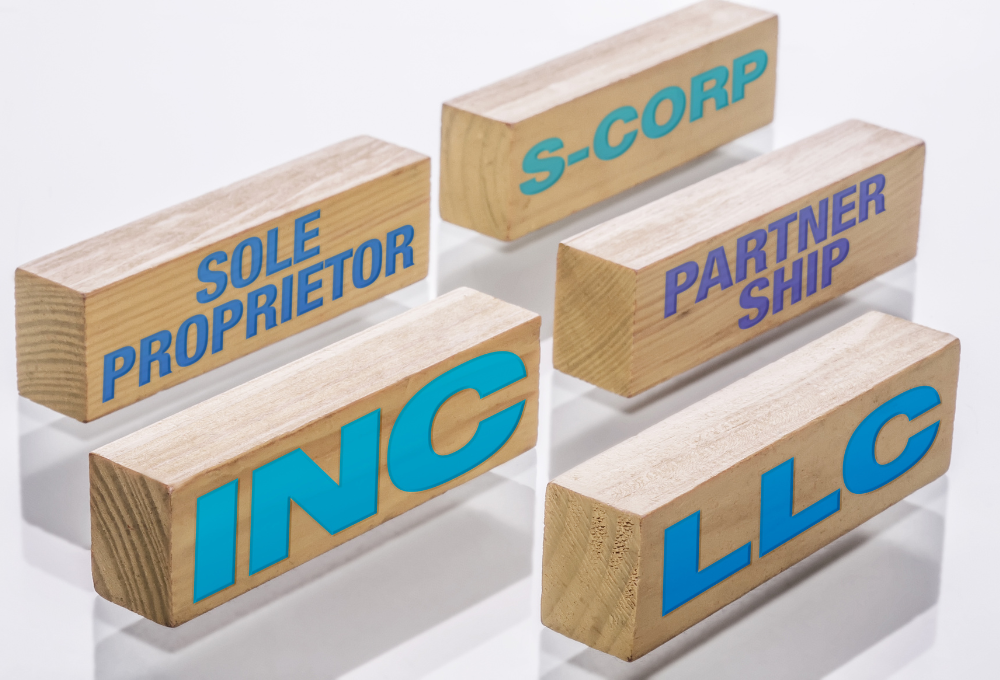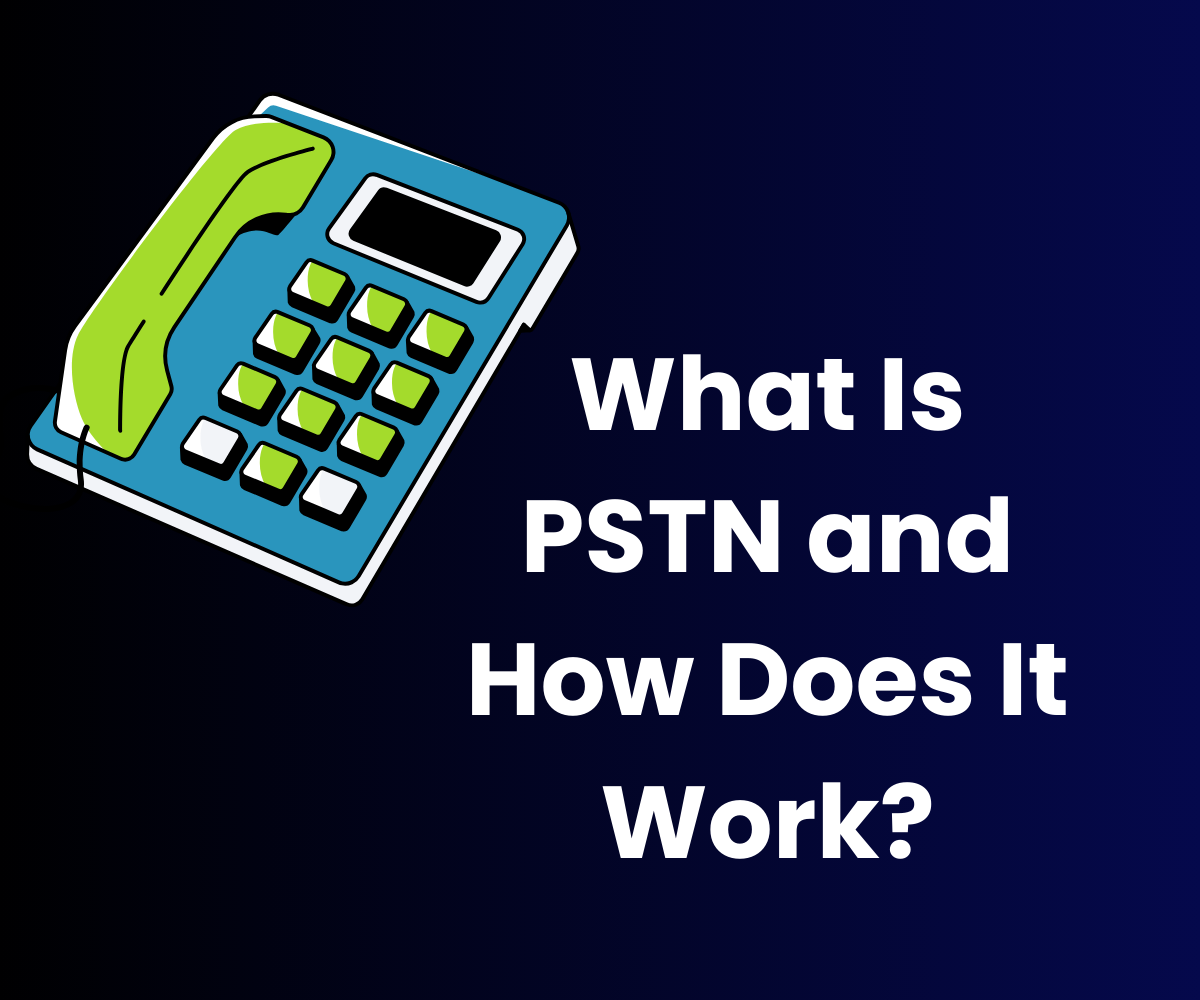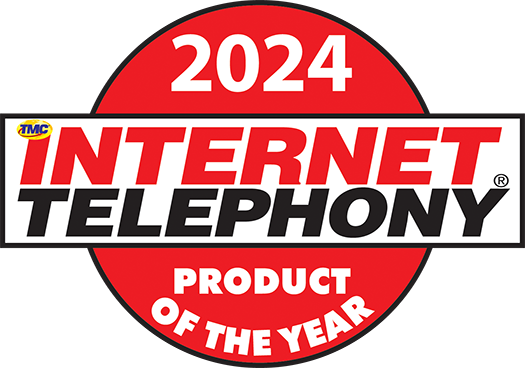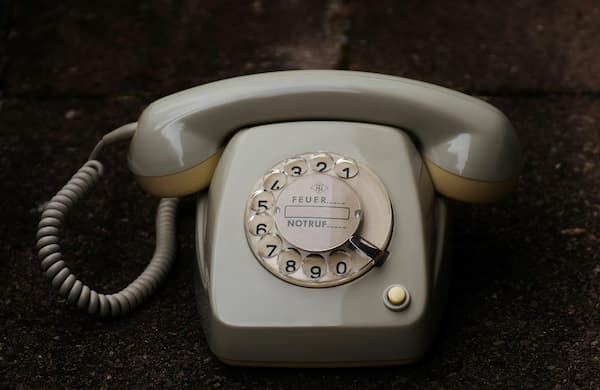Understanding the complete fax machine history means a lot more than simply conducting a quick cleaning of the supply closet.
Fax machines aren’t considered the cutting edge of communications technology like they once were. People tend to forget the mainstay that was the fax machine’s presence in offices all over the world, even though you can still find some holdouts collecting dust in a back room or closet.
The antiquated devices you have in mind, however, aren’t actually that old — not in comparison to the first fax machine patents that were granted in the 1840s.
While we strongly promote using VirtualPBX Internet Faxing, it’s always fun to learn something new, so we’ve provided a quick fax machine history for you to browse in the timeline below. Enjoy!
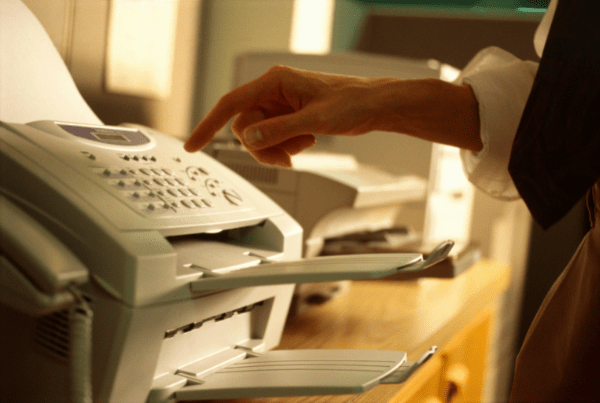
A Fax Machine History Lesson
While our history of fax reaches back farther than what most people expect, the core ideas behind faxing have remained consistent throughout the years. Sending and receiving printed material from one location to another one through electrical or telephone wiring is what all fax machines have been designed to do. The first person to really develop the technology may have been a bit ahead of his time, though, because the actual need for communications at this new breakneck speed was too low to warrant wide adoption of the fax machine. But it’s where we’ll begin as we examine the cool history of faxing.
- May 27, 1843 No, you’re not reading that incorrectly, well over 150 years ago, the Scottish inventor Alexander Bain applied for and was granted British Patent #9745 for his, “Electric Printing Telegraph.” This is the first known mention of using electronic signals to read documents and reprint them in alternate locations. But, like we mentioned, the business community in London where he tried to sell his new technology saw little need for such a harried and immediate form of communication, so it failed to gain popularity.
- 1880 Though it was still not ubiquitous in business circles, the core technology of the electric printing telegraph was still a novelty that inspired other inventors. One such person, the British inventor Shelford Bidwell, developed the “Scanning Phototelegraph” that was the first machine to replicated two-dimensional images, unlike Bain’s which was used solely for text.
- 1888 Faxing technology is refined again but this time across the pond in the United States by electrical engineer Elisha Gray’s “telautograph” that was the first fax machine to be able to replicate more complex shapes, specifically signatures.
- 1908 Through the implementation of the above contributions to faxing and slight variations by German inventor Arthur Korn and his “Bildetelegraph,” the first known transcontinental fax transmission was used to share wanted posters among police agencies between Paris and London. This marked the breakthrough that faxing needed to become a legitimate method of communicating that was quickly going to outpace the simple telegraph.
- May 19, 1924 AT&T in the United States refined the technology of faxing to a new height by sending 15 photographs via their electrical photo transmission method from Cleveland to New York City that each had quality great enough to be used in the following day’s newspaper. This was a method that was more reliable than the previous technology developed by RCA that did the same thing over radio frequencies.
- 1948 The first fax machine that could fit onto the top of a normal desk was produced by Western Union. The new “Deskfax” signaled the beginning of a period of widespread adoption of faxing technology because they size of the machine was small enough to begin including into all of the many Western Union locations from coast to coast.
- 1964 Xerox Corporation revolutionized the now widely popular faxing industry by transitioning the transmissions from the insecure electrical wiring network over to the telephone system. They patented the LDX (Long Distance Xerography) which marked the beginning of the end for all other non-telephone operated fax machines despite the LDX’s unwieldy size and prohibitively expensive price tag.
- 1966 Xerox develops a new version of their LDX, the Magnafax Telecopier, that was capable of sending and receiving high-quality documents in under 6 minutes, weighed less than 50 pounds, and was ready for mass production. The Maganfax Telecopier was the prototype of technology that generally was left untouched but refined and condensed throughout the 1970’s and 1980’s to become the fax machines that were mainstays in business for more than a generation.
- 1985 Hank Magnuski, founder of GammaLink right around the corner from our corporate HQ in Sunnyvale, California and that still operates as a former subsidiary of Intel, was the first to develop a computer interface for faxing. The “GammaFax” was still ahead of its time, but not unlike the forefathers of the fax machine in the 1800’s, what Hank developed would eventually become the standard for faxing well into the future.
- Present: Email to Fax/Fax to Email Fast forwarding to today, companies are aware that their new employees are less likely to be familiar with operating a fax machine than they are with how to check their inboxes. However, because faxing remains a worldwide commerce necessity as telephone access is far more common than internet access across the globe, faxing is still an essential for business. To balance those realities, savvy companies all over the world employ an Internet Fax policy as part of their hosted VoIP telephone service which allows them to simply send and receive attachments as faxes to their partners who require it for security purposes.
Where is Faxing Headed From Here?
There are many industries like medical or legal practices that are bound to keep using faxing for their daily operations well into the future, but the reasons to expect to keep using faxing are greater than just affects them.
The permanence of the fax machine’s need in the business world seems undeniable. Its principles are sound, and in spite of the variety of communications alternatives, the fax machine history races toward another year of relevance. So while we don’t have a crystal ball to tell you what the next milestones on the fax machine timeline will be, we can guarantee you that the final chapter hasn’t been written yet by far.
Enjoyed this article? Continue reading about telecom history in our brief timeline of the telephone.

